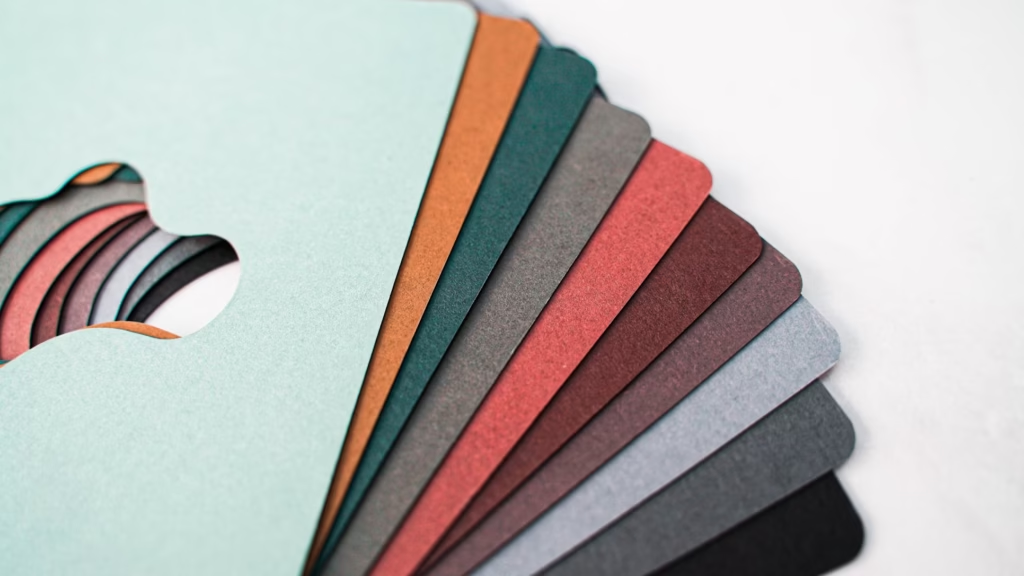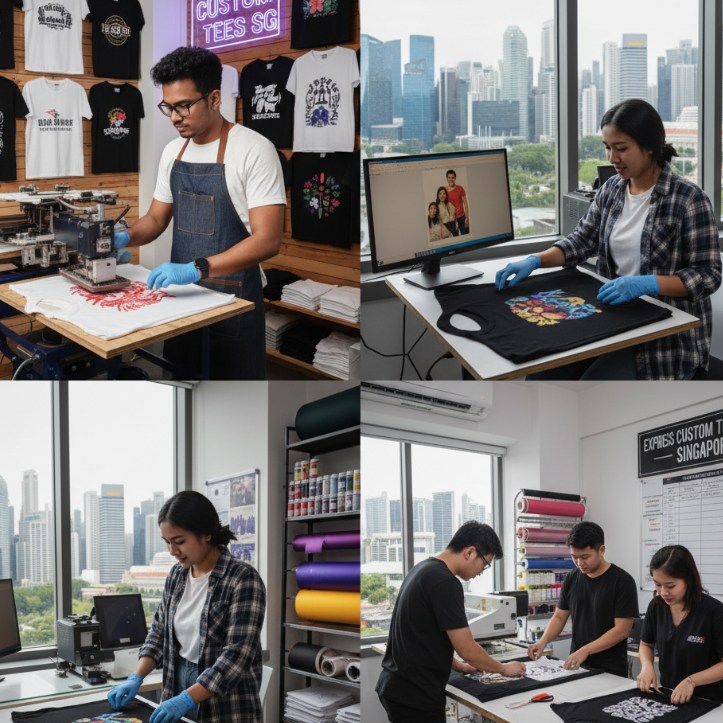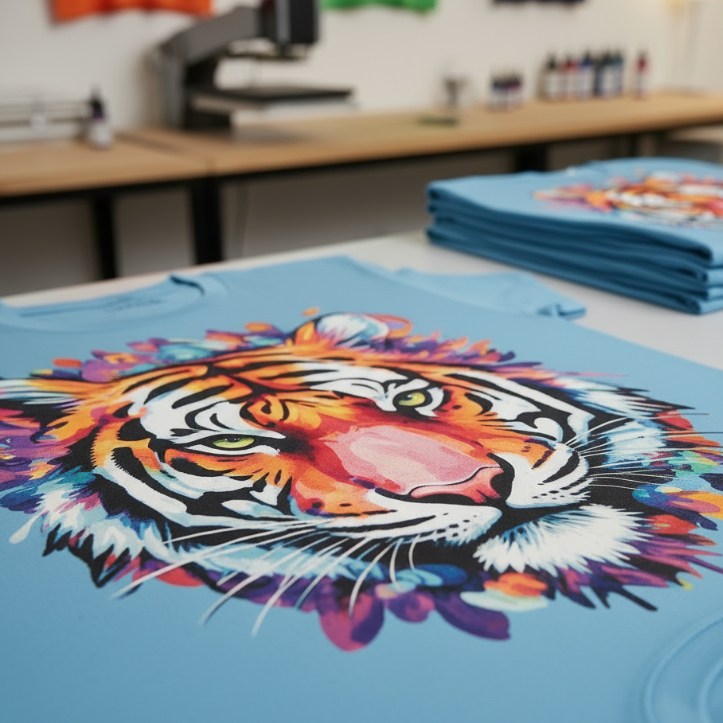
Think of your favorite brand right now–any brand will do. If you’re asked to illustrate the brand’s overall visuals, what’s the first thing you put on paper? Chances are you may not get the logo quite right or the patterns or aesthetics, but you will get a good sense of the colors. Colors are fundamental to memorable branding. Great brand palette palettes increase brand recognition by 80% and it also decides the initial impression a brand has on its audience. So what is needed for branded colors?
There are a lot of details and intricacies regarding color theory and design that come along with choosing brand colors. If you’re thinking of starting a brand, though, and you’re brainstorming your palette and logo, there’s only a few things for you to think about. Let’s take a quick look at them:
Color Psychology in Brand Palettes
Various studies have proven the effects of color on human psychology, with some colors producing more distinct effects than others. Much of this may be affected by culture (which we’ll talk about in a bit), but the emotion associated with a color often remains the same throughout history and location.
For example, red is almost always seen as a strong color symbolizing passion–both positive and negative. 68% of people in one study associated it with love, one of the strongest reactions to a particular color to date.
Generally, color theory suggests that these colors symbolize these base emotions and values:
- Red: Passion, love and vitality
- Orange: Warmth, movement, confidence
- Yellow: Joy, happiness, occasionally caution or hazard
- Green: Nature, wealth, growth
- Blue: Calm, trust, melancholy
- Purple: Royalty, wealth, creativity
- Black: Nobility, formality, edge
- White: Purity, holiness, blessing
- Grey: Neutrality, skill, simplicity
You may notice that some of these colors are used more frequently in some industries than others and that may very well be intentional.
High fashion brands are more likely to sport neutral colors like black, white, and grey (think Chanel) due to their associations with minimalist luxury. Meanwhile, streetwear like Supreme may appeal to young hyperactive folk with warm colors like red or yellow.
While knowing what each color represents is important, it’s equally important to note that each color’s meaning is entirely dependent on their context. Which is why we also need to discuss two separate matters: different audiences and different cultures.
How audiences react to branded colors
Men, women, millennials, Gen Z, Boomers–all of these demographics may react to colors differently. It’s important to have a strong idea on what the target audience for your brand is before creating your branding palette, since colors will often decide how easily your brand appeals to them.
Gender is the simplest and most well-studied case of this. Studies show that women tend to prefer softer colors and lighter tints along with rarer hues like purple. Meanwhile, men tend to lean towards darker, more vibrant colors, with a heavy emphasis on blue.
Age is also a factor since it affects eyesight and perception. The younger a person is, the more likely they are to be attracted to bright colors that pop immediately on the screen. On the opposite end, the older a person gets, the more they lean towards neutral, calming colors like blue and white.
In other words, if you’re targeting your apparel brand to something like 30-year old men in the tech or software scene, you might want to lean more on less saturated blues or greys. An apparel brand targeting younger 20-something women in the beauty scene would instead prefer lighter reds or purples.

How different cultures react to branded colors
While some color meanings may be understood near-universally (for example, blue almost always has connotations with coolness thanks to water), cultures may interpret colors differently.
A famous example comes from the color white. In Western, predominantly Christian cultures, white is associated with purity and holiness. Of course, Chinese and some other Asian cultures associate white with death and mourning.
When creating your branded colors, be ready to research what culture you’re aiming for and what colors usually appeal to them. A Western-minded fashion brand will clearly have different shades than an Eastern-minded one.
How to choose branded colors
Once you understand the basics of color psychology in branding, it’s time to decide on your branded colors. There’s no getting around it–you have to have a strong understanding of your brand’s identity and audience to really reach this point.
If you haven’t fully grasped your branding yet, consider these questions:
- What service or function does your brand serve?
- What are your brand’s main values?
- Who is your primary target audience?
- What makes you unique to your audience in comparison to your competitors?
- If your brand were a real person, what would their general appearance and personality be like?
Consider this quick exercise: If an apparel brand aims to target the young 25-year-old entrepreneurs willing to take risks to get their ventures to the top, what colors would suit their brand?
First, you’d think about the function this apparel serves. These young entrepreneurs may not need corporate outfits necessarily, but they would want something that would be considered both formal and casually striking in your branded colors. Therefore, the primary purpose of the apparel is to stand out. Their values and principles, then, would be related to boldness and courage in taking risks.
A more outwardly straightforward and disruptive appearance would let the brand stand out more from the competition, so you would want colors that are vibrant and impressive while still being darker and more masculine. Dark reds might work well for more casual clothing brands here, or blues and greys. Greens might also work depending on their lineup.
This thought process works for numerous branding points, so feel free to really sit on what your brand palette will look like. After all, it’ll be the first thing your future customers remember you for.
Thinking of starting your own apparel brand but not sure where to start? Not familiar with the manufacturing process, how to find different suppliers or how shipping laws work? Feel free to contact us at Shirtual for more information–consultations are free!





